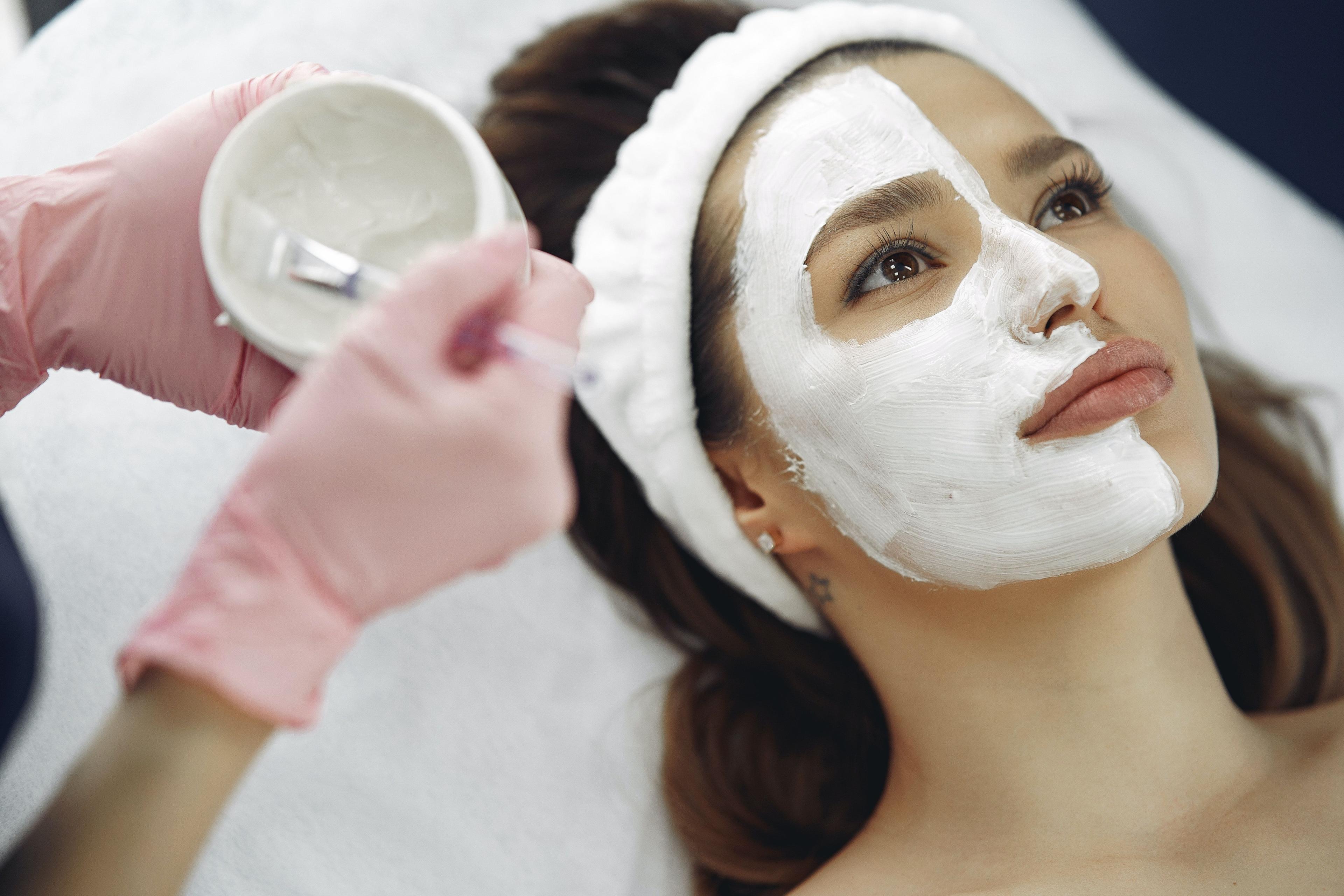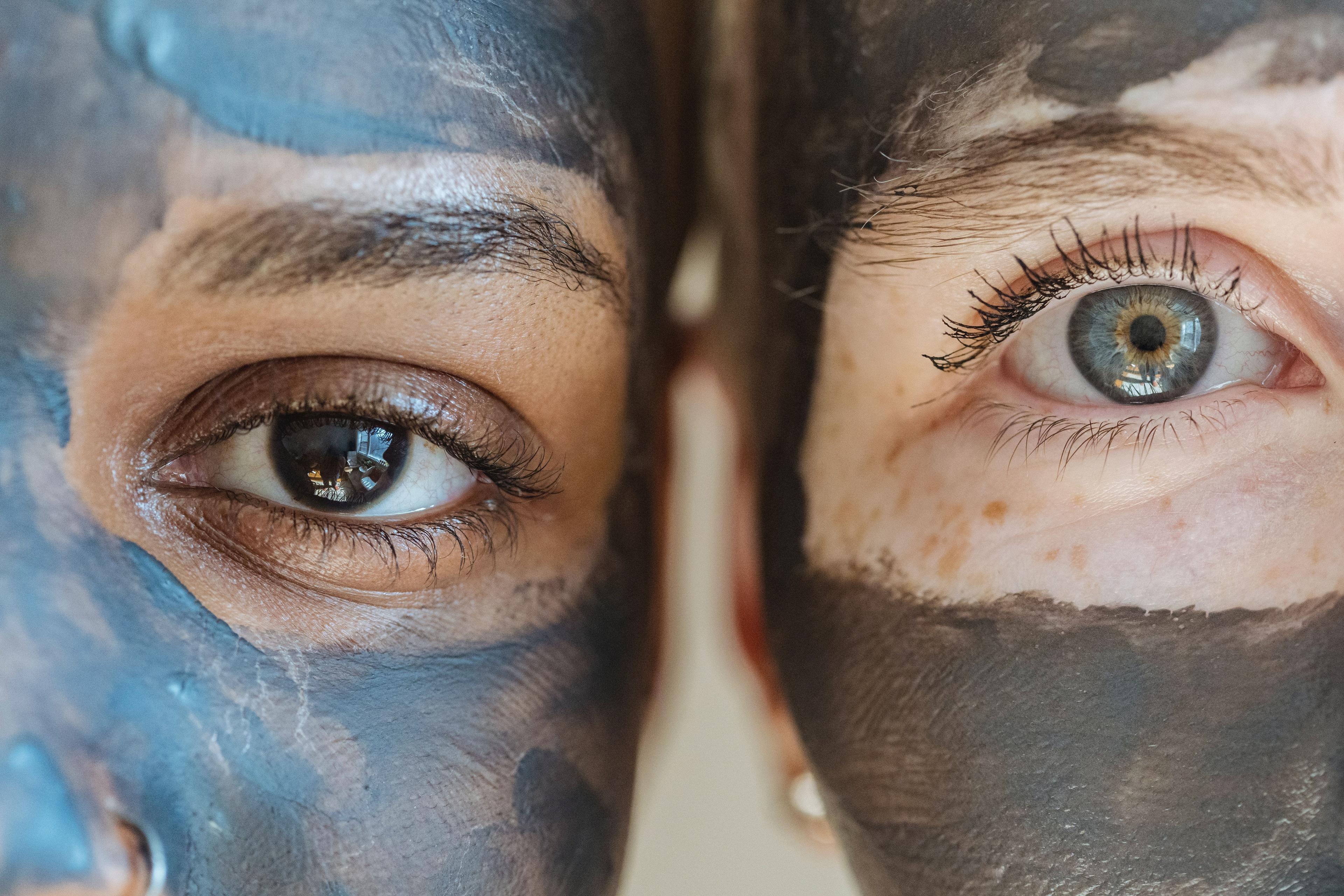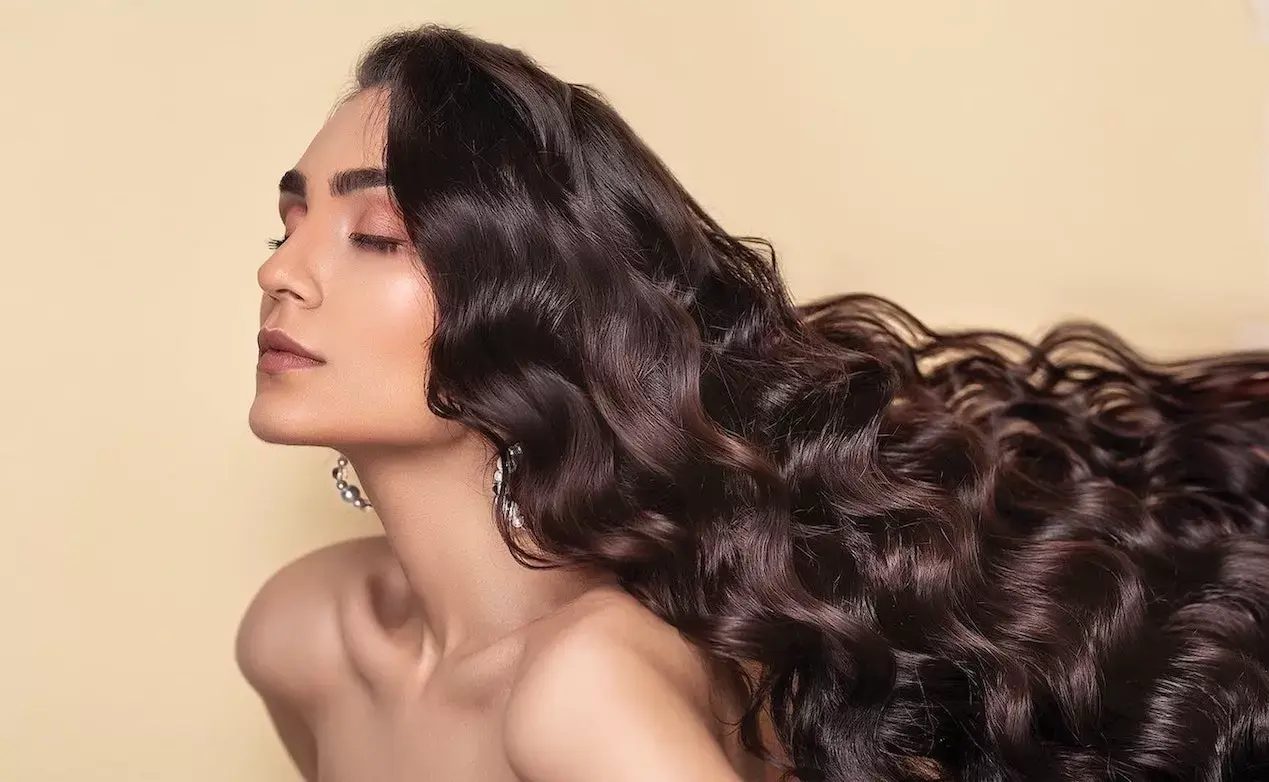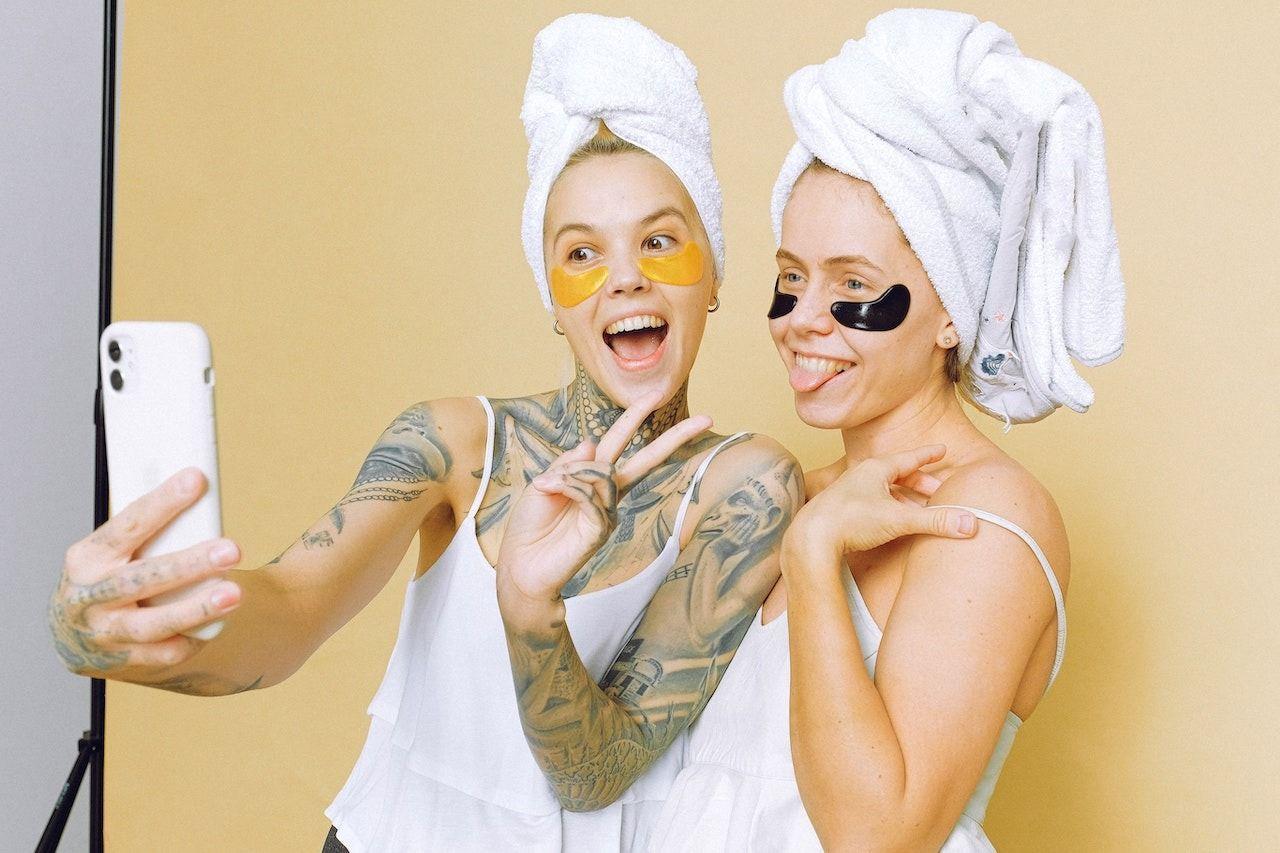Intriguing Facts about Ancient Egyptian Cosmetics and Their Influence
Ancient Egyptian cosmetics have left an indelible mark on the world of beauty, pioneering the use of makeup and skincare products that continue to captivate and inspire. From their innovative use of natural ingredients to their role in religious and social practices, these ancient beauty rituals offer a fascinating glimpse into the rich history of cosmetics. In this article, we will explore some intriguing facts about Ancient Egyptian cosmetics and their influence on modern beauty practices.
Makeup for All: Gender Equality in Ancient Egyptian Beauty
In Ancient Egypt, the use of cosmetics was not limited to women; men also embraced makeup and skincare rituals. Both men and women would apply kohl eyeliner and green malachite eyeshadow to enhance their appearance and protect their eyes from the sun's glare. This practice highlights the importance of beauty and self-expression in Ancient Egyptian society, transcending gender boundaries.
The Healing Power of Honey: Ancient Egyptian Skincare
Honey was a prized ingredient in Ancient Egyptian skincare, thanks to its natural antibacterial and moisturizing properties. Egyptians would use honey as a facial mask to heal skin conditions, such as acne and eczema, and to keep their skin soft and supple. The use of honey in modern skincare products is a testament to its enduring appeal and effectiveness.
Cleopatra's Milk Baths: The Ultimate Luxury
Cleopatra, the iconic Egyptian queen, was renowned for her beauty rituals, including her famous milk baths. It is said that Cleopatra would bathe in a mixture of milk and honey to maintain her youthful and radiant complexion. The lactic acid in milk acts as a gentle exfoliant, removing dead skin cells and revealing smoother, more vibrant skin.

The Precursor to Perfume: Ancient Egyptian Fragrance Cones
Ancient Egyptians were known for their love of fragrance, and they would create perfumed cones made from a mixture of beeswax, myrrh, and various essential oils. These cones were placed atop their heads during social gatherings and would gradually melt, releasing a pleasant scent. This practice laid the foundation for the development of modern perfumes and demonstrated the importance of fragrance in Ancient Egyptian culture.
Henna: The Art of Ancient Egyptian Body Decoration
Henna, a natural dye derived from the leaves of the henna plant, was used by Ancient Egyptians to create intricate body art and hair dye. Henna was applied to the skin using a variety of techniques, including painting and stenciling, to create decorative patterns and designs. Today, henna body art remains popular in various cultures, particularly in India and the Middle East, showcasing the lasting influence of Ancient Egyptian beauty practices.
The Significance of Gold in Ancient Egyptian Cosmetics
Gold held great significance in Ancient Egyptian culture, symbolizing divinity and eternal life. Egyptians would use gold in their cosmetics, particularly for facial masks and other skincare treatments. The use of gold in modern skincare products, such as gold-infused facial masks and serums, highlights the enduring allure of this precious metal in the realm of beauty.









